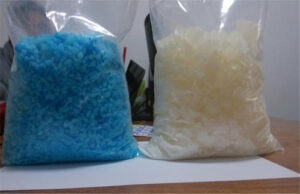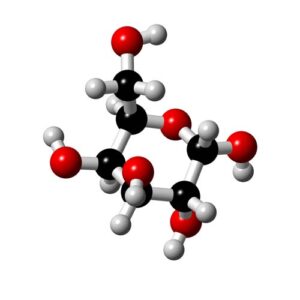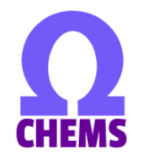No products in the cart.
Lastest News
Research Chemicals
Table of Contents
What are Research Chemicals
Research chemicals are chemical substances used by scientists for medical and scientific research purposes. One characteristic of a research chemical is that it is for laboratory research use only; a research chemical is not intended for human or veterinary use. This distinction is required on the labels of research chemicals and is what exempts them from regulation under parts 100-740 in Title 21 of the Code of Federal Regulations (21CFR)
Research chemicals are psychoactive drugs that are discovered through the research of and experimentation on existing drugs. Existing drugs are researched and experimented with so scientists can better understand their structure, activity, general behavior, interactions, and side effects.


Pharmacological research chemicals
Research chemicals are fundamental in the development of novel pharmacotherapies. The common medical laboratory uses include in vivo and animal testing to determine therapeutic value, toxicology testing by contract research organizations to determine drug safety and analysis by drug test and forensic toxicology labs for the purposes of evaluating human exposure. Many pharmacologically active chemicals are sold online under the guise of “research chemicals,” when in reality they are untested designer drugs that are being consumed by buyers taking advantage of many of the compounds’ transitional or nonexistent legal status.
Agricultural research chemicals
Research agrochemicals are created and evaluated to select effective substances for use in commercial off-the-shelf end-user products. Many research agrochemicals are never publicly marketed. Agricultural research chemicals often use sequential code names.
The use of research chemicals has the potential to lead to addiction and overdose. The professional treatment provides support to overcome a dependence on these drugs and stop behaviors associated with addiction.
Types of Research Chemicals
Research chemicals contain psychoactive substances of varying types and amounts. The ingredients are often not listed or not listed correctly and vary batch-by-batch, so the purchaser will not definitively know what he or she is taking.
The Alcohol and Drug Foundation explains that active ingredients found in numerous NPS can be classified as research chemicals. The labeling of research chemicals often includes these main active ingredients, yet the labeling is not always accurate.
Some research chemicals are synthetic versions of real research drugs. One example is W-18, which is an opioid-like research drug created by chemists that have shown painkilling ability. Legitimate companies sell limited amounts to purchasers with DEA licenses allowing them to possess controlled substances. However, labs in Asia have been designing and selling synthetic versions of W-18 on the Internet.
Manufacturers of research chemicals will often slightly modify the chemical makeup of a drug to create a new derivative. For example, labs have been creating new derivatives of opioids to sell on the Internet. Manufacturers design a new drug that is not listed as a controlled or illegal substance, and they continually change the formula to stay ahead of legal systems.
Research chemicals often include combinations of drugs that have included pharmaceuticals, controlled substances, and adulterants. Some drugs that have been found in research chemicals include:
- Tryptamines
- Phenethylamines
- Synthetic opioids
- Mephedrone
- Methoxetamine
- Piperazine derivatives
- Aminoindanes
- Cathinones
Causes and Risk Factors
Risk factors could include those common to any addiction, such as:
- Parents or peers who use substances
- Community poverty
- Child abuse or neglect
- Mental health disorders
Risk factors specific to NPS include:
- A binge-drinking episode in the last six months
- Increased psychological distress levels
- Trying tobacco products
- Lower self-perceived ability to resist peer pressure
- Use as a party or club drugs
- Marginalized youth
- Access to the Internet
- Labeling that lists positive effects without mentioning potential negative effects

